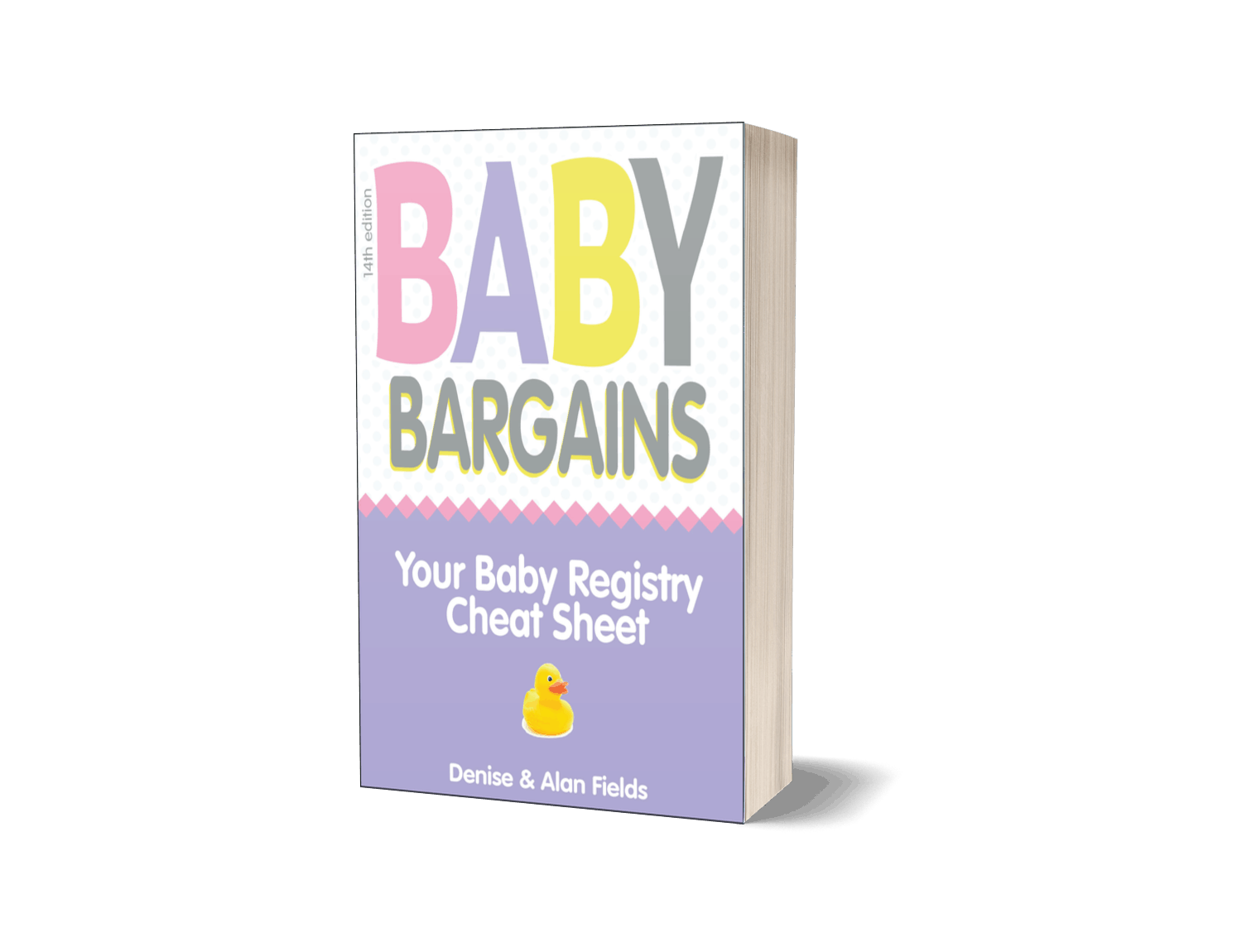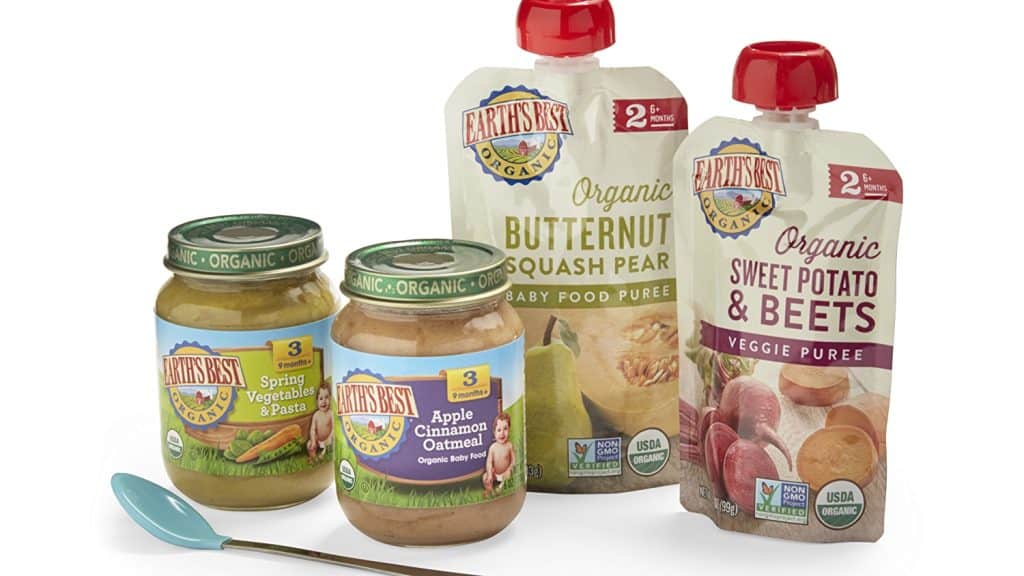
Best Baby Food 2025
Best Baby Food 2025
Last Updated: . The Best Baby Food 2025. We’ve tasted it so you don’t have to! That’s right, after sampling more than our fair share of commercial baby food, we recommend Earth’s Best as the best baby food for your baby.
New to baby food shopping? Read our 7 Things No One Tells You About Buying Baby Food for advice and tips.
Earth’s Best has been around for over 25 years and it’s hard to beat this company for quality and price. Put simply, Earth’s best tastes like real food. It’s certified organic too. And it can be found nearly everywhere: online, in grocery stores and at chains like Target.
The price is reasonable at about 27¢ per ounce, and they offer occasional coupons. (For comparison, we priced other organic baby food around 40 cents per ounce; non-organic baby food from Gerber is around 20 cents per ounce).
At first, Earth’s Best was only available in glass jars, but they’ve recently added a line of pouches.
The Best Baby Food
Earth's Best Baby Food
Earth's Best takes the crown for best baby food, our taste tests and reader feedback confirm. Bonus: it's also available in pouches for travel (as well as conventional jars). We also like its wide availability.
Also Great
Plum Organics
Plum Organics is another great choice for baby food—we liked their handy pouches as well as the large variety of starter fruits and veggies with no additives.
Also Great
Plum Organics was one of the first baby food companies to come out in pouches, which have since become all the rage. Plug Organics’ fans came for the easy-to-pack pouches (no glass jars that can shatter), but stayed for the quality, organic baby food. JUST Fruit (about 30¢ per oz.) and JUST Veggies (about 50¢ per oz.) are made without additives—just fruit and veggies.
Plum Organics’ Second Blends (about 30¢ per oz.) include interesting combinations like blueberry, pear and purple carrot. Stage 3 Meals (about 70¢ per oz.) and Mighty 4 Blends (about 30¢ per oz.) are complete meals in a pouch with “fruits, veggies, protein and grains.” Prices vary often according to how many packs you buy. Some veggie options can be more expensive than fruit options.
Parents tell us they like the JUST Fruit and Second Blends best. By the time kids are ready for Stage 3 and Mighty 4, they should really be eating what you’re eating (not baby food). FYI: Plum Organics has expanded its offerings to include snack items and formula.
Why Trust Us
We’ve been rating and reviewing baby food since 1994—yes, when our own kids were in high chairs. Of course, our reviews are more than just our own opinion about which baby applesauce is best. We also evaluate consumer reviews posted on sites like Amazon, as well as our own message boards.
Here’s another key point: we don’t take money from the brands we review. No free samples, no sponsors, no “partnerships.” Baby Bargains is your independent and unbiased source for expert reviews.
How we picked a winner
Here’s the secret to determing the best baby food: taste it. Really. It’s that simple. We’ve done a lot of sampling over the last 20+ years in reviewing and rating baby food.
We also gather significant reader feedback (our book, Baby Bargains has over 1 million copies in print). Besides interviewing parents, we also check out claims that food is “organic” or “sustainable.” Since these monikers are sometimes ambiguous, we check with the FDA to determine if companies are certified organic. Unfortunately, “sustainable” is more difficult to pin down, so we look to see that packaging is easy to recycle without any questionable chemicals like BPA.
7 Things No One Tells You About Buying Baby Food!
1. No matter what brand you buy, all “stage 1” baby food is preservative- and additive-free.
But . . . that doesn’t mean they’re using organic ingredients. Once you move to later stages, however, many baby food makers start adding extra sugar and salt.
2. You don’t have to buy baby food. Just use this . . .
That’s right, you can make most baby food at home with a food processor you might already own. Just buy veggies and fruit from your favorite grocery store or farmer’s market, steam it and mash or puree it. You may need to add a bit of water, but that’s it. If you want to buy a food processor, we rate and review them here.
You may still want to purchase a bit of commercial baby food for those days when you aren’t eating at home, however. It’s pretty convenient to pop open a pouch or cup and feed baby wherever you are.
After baby has mastered pureed food, you’ll want to move up to food with more texture. At this stage, you can start feeding baby what you’re eating albeit slightly mashed. For a detailed discussion on what to feed baby when, see our Baby 411 book.
3. Feed from a bowl, not from the packaging (jar, pouch or cup).
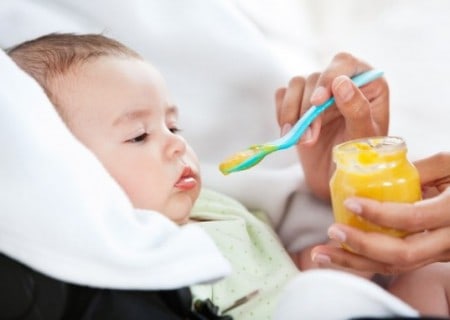
Don’t feed baby directly from the jar/pouch unless it’s the last serving. You want to avoid introducing bacteria from baby’s mouth into the food. .
If you feed from the jar, bacteria from baby’s mouth can find its way back to the jar, spoiling the food much more quickly. Also, saliva enzymes begin to break down the food’s nutrients. The best strategy: pour the amount of baby food you need into a bowl and feed from there (unless it’s the last serving in the jar). Refrigerate unused portions.
4. Buying the best quality food won’t break the bank.
The average baby eats 600 jars of baby food until they “graduate” to adult foods. Sounds like a lot of money, eh? Well, that only works out to $240 or so in total expenditures (using an average price of 40¢ per jar). Hence, if you go for better-quality food and spend, say, 15% to 20% more, you’re only out another $36 to $48. And feeding baby food that tastes more like the real thing makes transitions to adult foods easier.
How about organic baby food? Well, there is no scientific data that shows any health benefit for organic baby food. For most parents, the issue is about exposure to pesticides. Organic foods are certified synthetic pesticide-free, but may still use a certain “natural” pesticides and fungicides. See Certifications below for further discussion.
5. Avoid unpasteurized milk, milk products and juices. And no honey under age 1.
Babies don’t have the ability to fight off serious bacterium like e. coli. Avoid these hazards by feeding your child only pasteurized dairy and juice products. Also: steer clear of feeding honey to children under one year of age. Botulism spores can be found in honey—while not harmful to adults and older children, these spores can be fatal to babies under age 1.
6. Shhhh! Baby applesauce = adult applesauce.
Lets’ take a look at a jar of baby applesauce.
Now here’s what adult applesauce looks like.
What’s the difference? They basically contain the same thing—applesauce. The only difference: applesauce in a jar with a cute baby on it costs several times more than the adult version. On Amazon, you can buy the Gerber baby applesauce for 22¢ per oz. and the Mott’s Applesauce for 6¢ per oz. (One caveat: make sure the regular applesauce is NOT loaded with extra sugar).
One of our key Baby Bargains Commandments is “shop for things without baby in their name.” Baby food is a good example!
7. “Next Step” foods for older babies and toddlers are a waste of money.
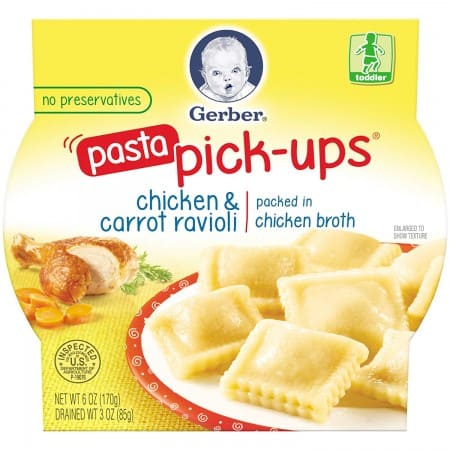
At $2.50 per ounce ($15 total), this Gerber toddler meal is significantly more expensive than simply feeding baby a bit of your meal. Just make sure the pieces are small and baby is adept at chewing.
Baby food makers tout their “Graduates” food line for older toddlers, but here’s the truth: baby doesn’t need it.
Pediatricians note you can start feeding your baby the same food you eat when they reach nine to 12 months of age. When baby is ready to eat pasta, just serve him small bites of the adult stuff. Bottom line: babies should learn to eat the same (hopefully healthy) foods you are eating, with the same spices and flavors.
Baby food certifications: what is organic?
USDA National Organic Program certification. In the US, the USDA oversees the program that certifies food as organic. There is a List of Allowed and Prohibited Substances, which is used by certifying agents (along with a host of other requirements) to certify that food is being organically produced.
Organic is defined by the USDA as “products that have been produced using cultural, biological, and mechanical practices that support the cycling of on-farm resources, promote ecological balance, and conserve biodiversity in accordance with the USDA organic regulations.”
“This means that organic operations must maintain or enhance soil and water quality, while also conserving wetlands, woodlands, and wildlife. Synthetic fertilizers, sewage sludge, irradiation, and genetic engineering may not be used.” For many organic shoppers, that last part is their most important reason for buying organic.
Once an agricultural product has been certified, it can then carry the USDA Organic Seal (see above).
In our opinion, the word organic in baby food has been so common-place in recent years that shoppers forget its limitations—we are reminded of a line from one of our favorite movies: “I do not think it means what you think it means.” (Props to The Princess Bride’s Inigo Montoya.)
For example, organic does not mean pesticide-free. Pesticides and fungicides can still be used by organic farmers, with around 20 chemicals approved for use on organic farms.
Ironically, sometimes these organic pesticides require high rates of application than synthetic chemicals!
The take home message: reducing your baby’s exposure to environmental toxins is a goal for all parents. And organic food is one way to do that—if you can afford it. But realize organic food isn’t the be-all, end-all to keeping baby healthy! For more advice on this subject from a expert pediatrician, check out our Baby 411 book. We have an entire chapter in there on environmental hazards and how to avoid them.
Reviews of 10 baby food brands
The Best Baby Food
Earth's Best Baby Food
Earth's Best takes the crown for best baby food, our taste tests and reader feedback confirm. Bonus: it's also available in pouches for travel (as well as conventional jars). We also like its wide availability.

BabyBargains.com is a participant in the Amazon Services LLC Associates Program, an affiliate advertising program designed to provide a means for sites to earn advertising fees by advertising and linking to Amazon.com and its related sites. As an Amazon Associate, I earn from qualifying purchases.

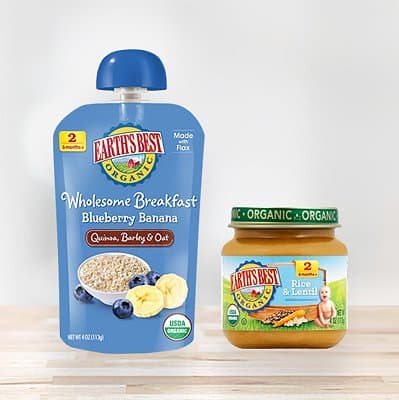
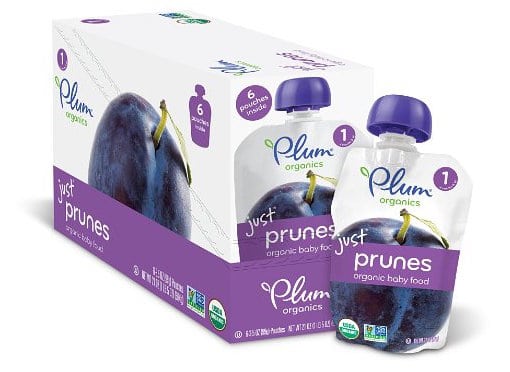



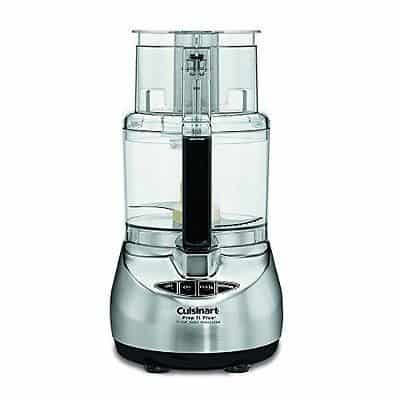
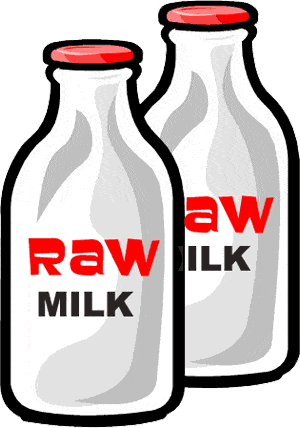
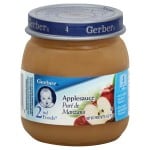
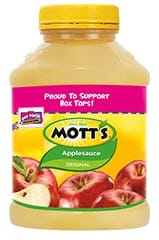
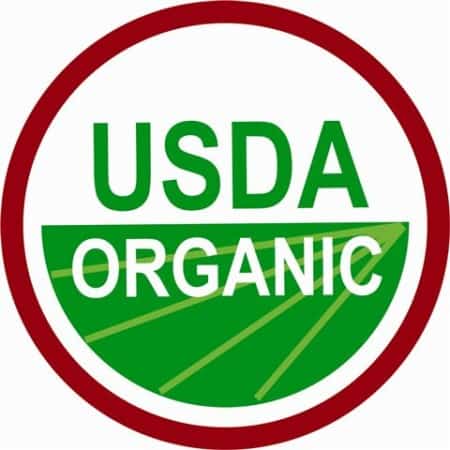
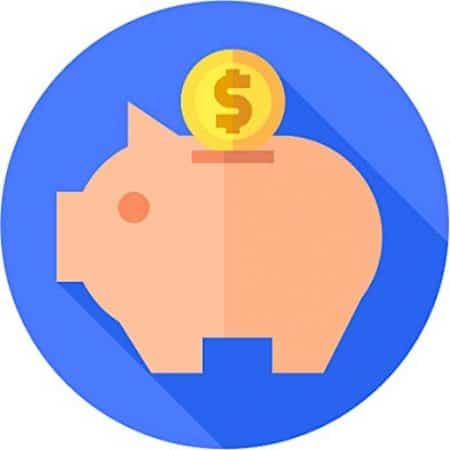 We obsess over gear for families and the home . . . so you don’t have to. Baby Bargains has one mission: help you find the best gear for your family with unbiased reviews by experts with 20 years of experience. At prices that don’t break the bank. When you purchase a product from links on this site, we make a small affiliate commission. Learn more
We obsess over gear for families and the home . . . so you don’t have to. Baby Bargains has one mission: help you find the best gear for your family with unbiased reviews by experts with 20 years of experience. At prices that don’t break the bank. When you purchase a product from links on this site, we make a small affiliate commission. Learn more 
